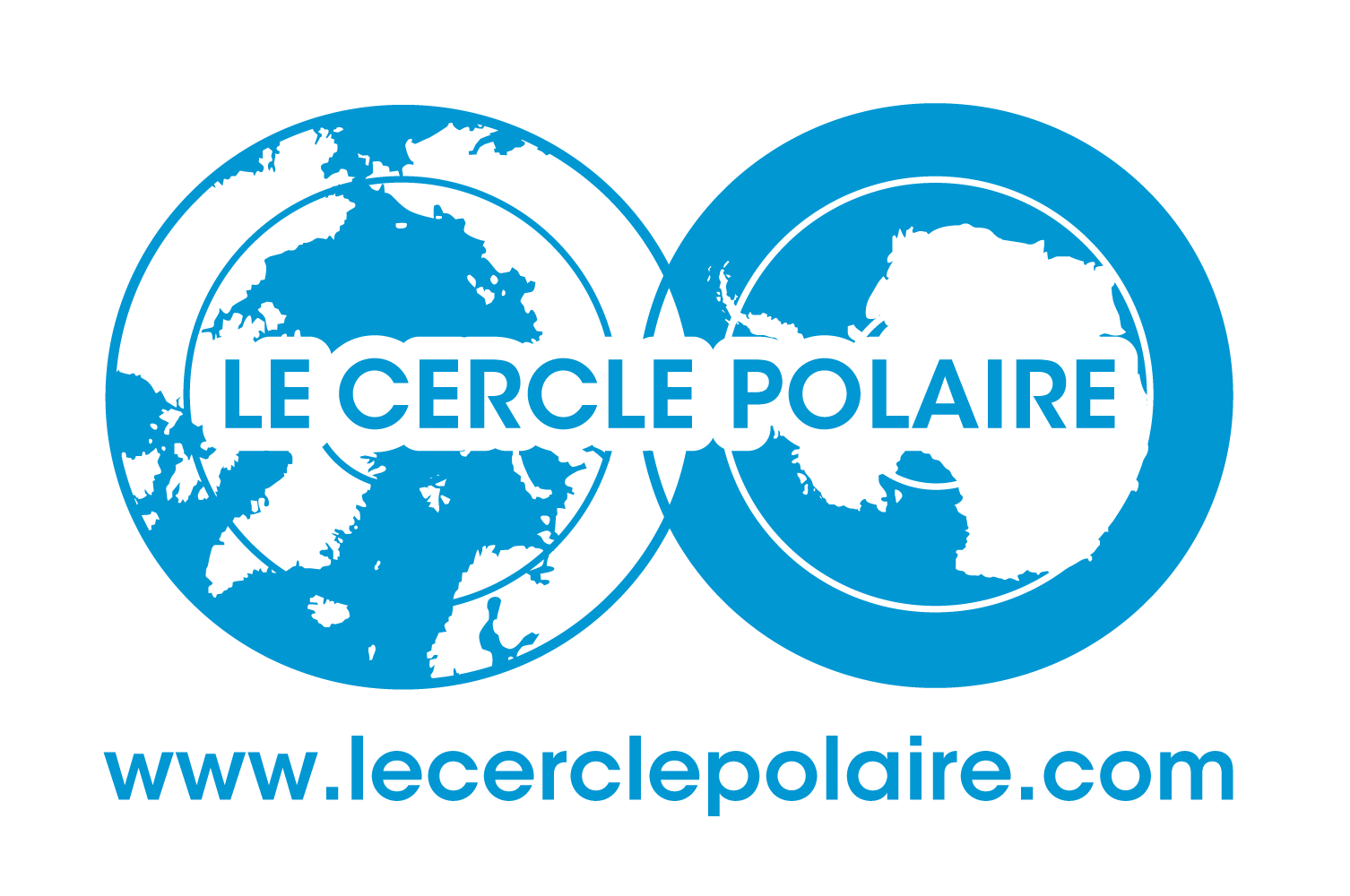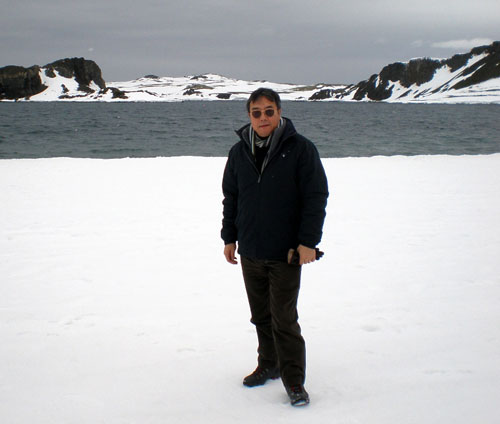
S-G de l’O.M.I. • Japon
Nous devons assurer la sécurité maritime, prévenir les accidents et la pollution par les navires dans les zones polaires
Koji Sekimizu is Secretary-General of the International Maritime Organization, the United Nations agency responsible for safety and security of shipping and the prevention of marine pollution by ships. His recent visit to the Chilean Antarctic base and his voyage through the Northern Sea Route in the Arctic Ocean on board a Russian icebreaker were unforgettable experiences and refreshed his determination to work at IMO for international regulations to ensure safe navigation and the protection of the marine environment in Polar regions.
“Our climate is changing, and the area of multi-layer ice has been shrinking due to the increase in seawater temperature. Navigation through the Arctic using the Northern Sea Route (NSR) has become a reality in summer. However, the Arctic waters are still extreme, even then, and the power of nature cannot be underestimated. We must ensure safe shipping and prevent maritime accidents and marine pollution from ships in Polar regions. Earlier this year, as a guest of the Russian Federation, I undertook a five-day voyage along the NSR. I saw, at first hand, the effects of climate change on sea-ice coverage, and how the facilities and infrastructure needed for Arctic navigation are being developed along the Siberian coastline. I was able to observe and experience the difficulties inherent in Arctic navigation, such as poor weather conditions and the relative lack of good charts, communication systems and other navigational aids that pose challenges for mariners. The remoteness of the area makes rescue or clean-up operations difficult and costly; cold temperatures may reduce the effectiveness of numerous components of the ship, ranging from deck machinery and emergency equipment to sea suctions and, when ice is present, it can impose additional loads on the hull, propulsion system and appendages. IMO is currently developing an international code of safety for ships operating in polar waters (the Polar Code), which would cover the full range of design, construction, equipment, operational, training, search and rescue and environmental protection matters relevant to ships operating in the inhospitable waters surrounding the two poles. This is vital work, both for the safety of shipping and to protect this unique environment. My voyage marked the continuation of my growing interest and involvement in the complex issues surrounding increased maritime activity in polar waters. In December 2012, I visited Antarctica as a guest of the Government of Chile, and earlier this year, experienced ice navigation in northern waters aboard a Finnish icebreaker. This remarkable experience will, I am sure, enable me to make even stronger personal contributions to the work of IMO in dealing with navigation in Arctic and Antarctic waters and, in particular, to the preparation of the Polar Code.”

